Construction de maisons préfabriquées en Australie : nouvelles opportunités pour les maisons préfabriquées
En Australie, construire une maison n'est pas seulement un choix de vie, mais aussi un engagement envers la nature et l'environnement. L'engagement du pays en matière de gestion environnementale et de résilience aux conditions climatiques extrêmes a fait des maisons préfabriquées un nouveau choix pour de nombreux acheteurs potentiels. Cet article vous présentera en détail le processus de construction de maisons préfabriquées en Australie, ainsi que quelques points clés à prendre en compte.
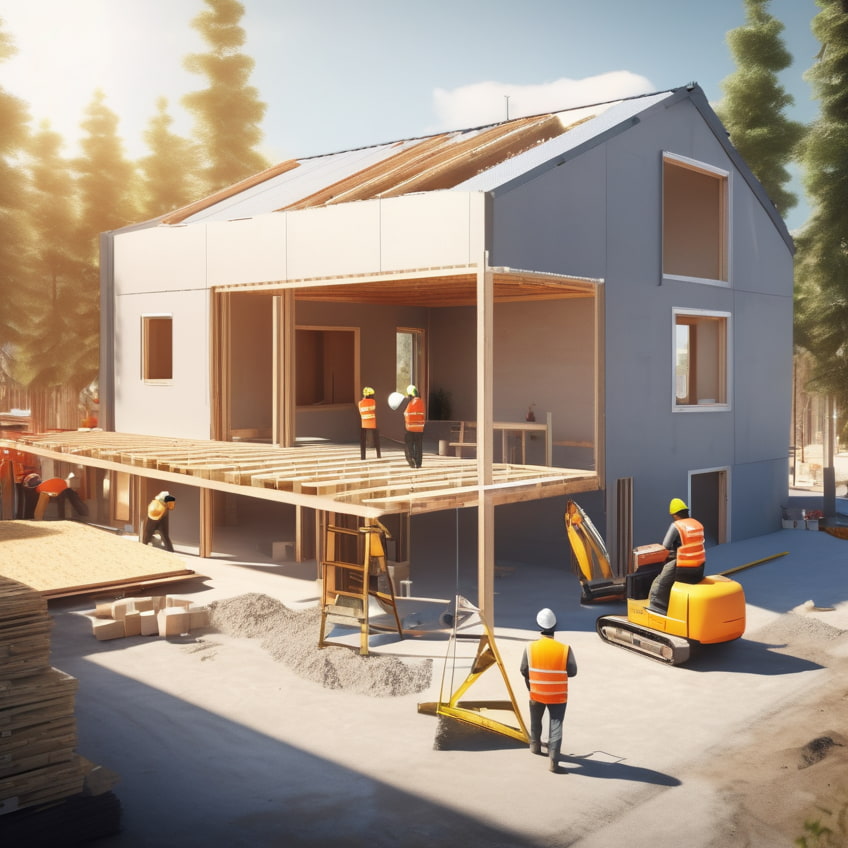
Pourquoi choisir des maisons préfabriquées ?
Les maisons préfabriquées, aussi appelées maisons modulaires, sont une méthode de construction où les éléments de construction sont préfabriqués en usine, puis transportés sur site pour être assemblés. Cette approche présente les avantages majeurs suivants :
Vitesse de construction rapide :Le temps de construction des maisons préfabriquées est généralement réduit de plus de moitié par rapport aux méthodes de construction traditionnelles. L'ensemble du processus, de la préfabrication en usine à l'assemblage sur site, peut être réalisé en quelques semaines, ce qui réduit considérablement le temps de construction et l'impact sur l'environnement.
Haute rentabilité :La production standardisée de maisons préfabriquées réduit les déchets de matériaux et les coûts de main-d'œuvre. Grâce à sa rapidité de construction, elle permet également de réduire les coûts de financement.
Durabilité environnementale :Les maisons préfabriquées accordent une plus grande importance à l'utilisation de matériaux respectueux de l'environnement et à l'amélioration de l'efficacité énergétique dès la conception et la construction. De nombreuses maisons préfabriquées sont équipées de panneaux solaires, de dispositifs d'économie d'eau, etc., répondant ainsi aux exigences australiennes en matière de développement durable.
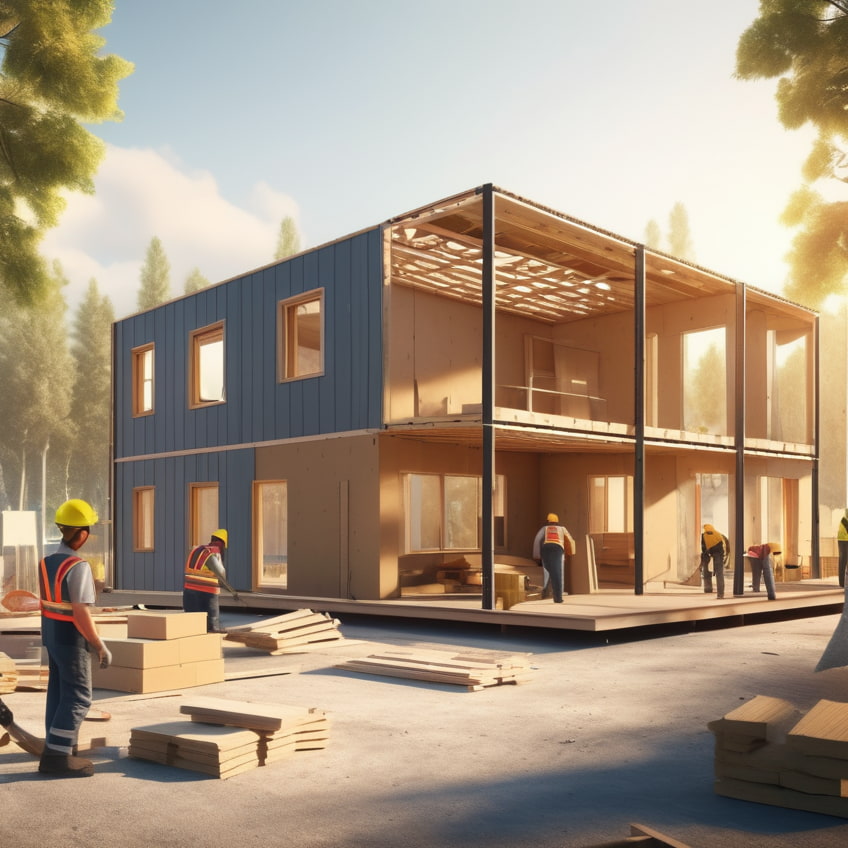
Étapes pour construire des maisons préfabriquées en Australie
Choisissez le fabricant de maisons préfabriquées approprié
Choisir un fabricant de maisons préfabriquées réputé est crucial. De nombreux fabricants professionnels proposent des services complets, de la conception à la construction. Lors du choix d'un fabricant, les points suivants sont à prendre en compte :
Expérience et qualifications :Choisissez des fabricants dotés d’une riche expérience et de qualifications professionnelles pour vous assurer qu’ils connaissent les codes et normes de construction australiens.
Avis clients :Consultez les avis et commentaires d'autres clients pour comprendre la qualité du service du fabricant et la qualité du boîtier.
Capacité de personnalisation :Bien que les maisons préfabriquées soient produites de manière standardisée, de nombreux fabricants proposent également un certain degré de services de personnalisation pour répondre aux besoins de différents clients.
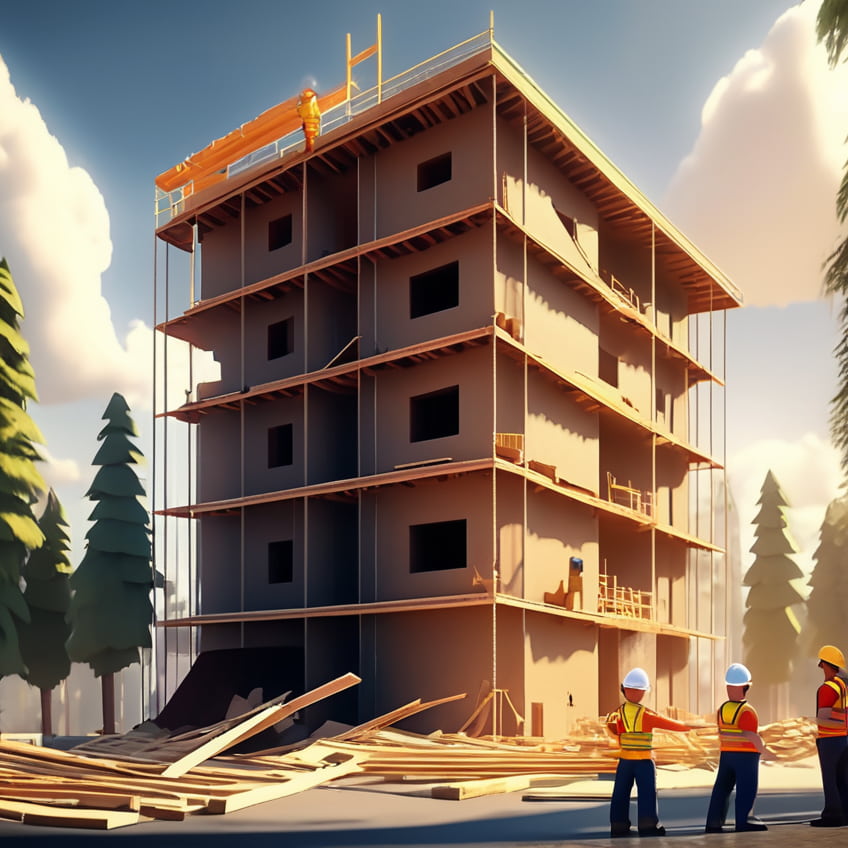
Concevez votre maison
La phase de conception des maisons préfabriquées est tout aussi importante. Bien que leurs composants soient standardisés, une conception astucieuse permet de créer un espace de vie pleinement fonctionnel et esthétique. Lors de la conception, les points suivants doivent être pris en compte :
Utilisation de l'espace :Exploitez pleinement l'espace limité, concevez des meubles et des aménagements multifonctionnels.
Adaptabilité environnementale :Sélectionnez les matériaux et les conceptions appropriés en fonction des conditions climatiques locales et des caractéristiques environnementales.
Durabilité:Intégrer des éléments environnementaux dans la conception, tels que des systèmes de production d’énergie solaire, des dispositifs de récupération des eaux de pluie, etc.
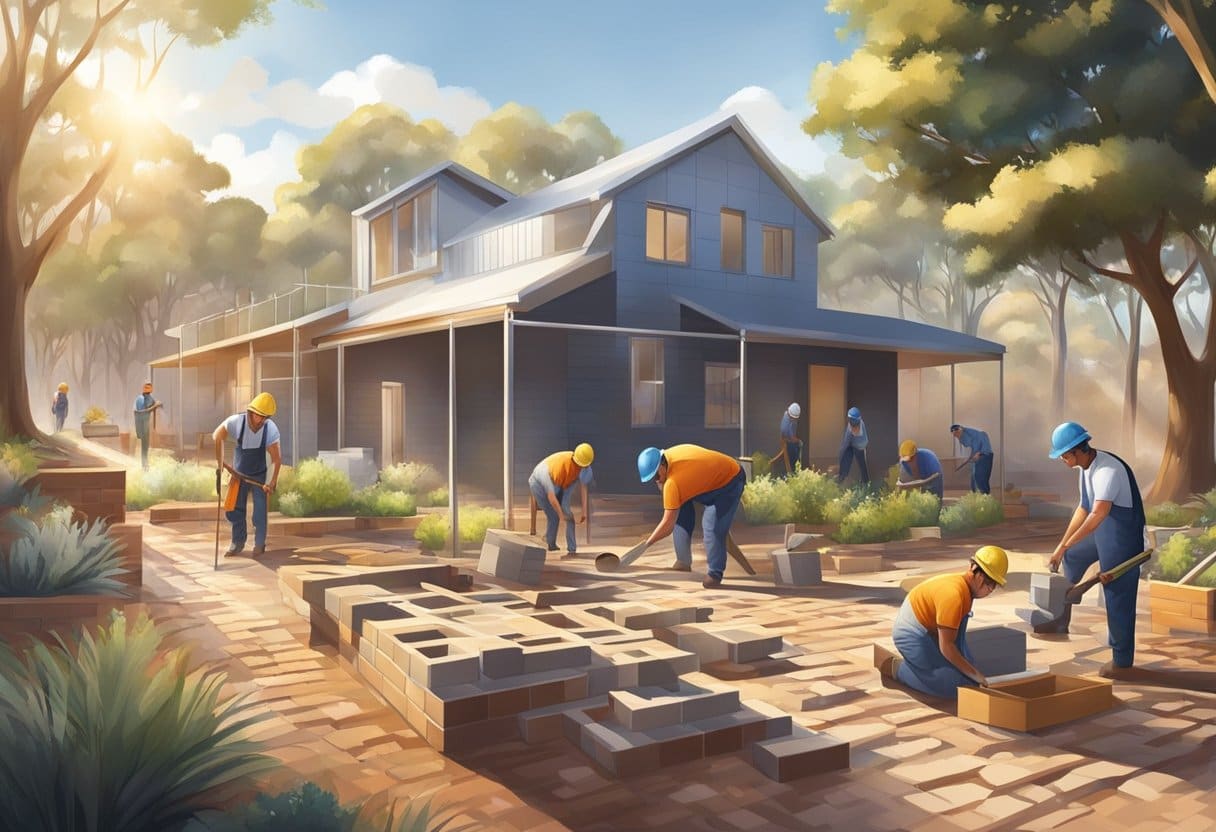
Obtenir les permis et les approbations nécessaires
En Australie, la construction de maisons préfabriquées exige le respect de codes et de normes de construction stricts. Avant de commencer les travaux, les permis et autorisations nécessaires doivent être obtenus auprès de la municipalité. Cela comprend :
Permis de construire :Assurez-vous que la conception et la construction des maisons préfabriquées sont conformes aux réglementations locales en matière de construction.
Permis d'utilisation du sol :Confirmer que l’utilisation du terrain répond aux exigences de construction de maisons préfabriquées.
Évaluation environnementale :Si les maisons préfabriquées sont situées dans des zones écologiques sensibles, une évaluation environnementale peut être nécessaire.

Préparation et montage sur site
Avant le transport des éléments d'une maison préfabriquée sur le chantier, une préparation est nécessaire. Celle-ci comprend le déblaiement du terrain, le nivellement du sol, la pose des fondations, etc. Une fois la préparation terminée, les éléments de la maison préfabriquée sont transportés sur le chantier pour être assemblés. L'assemblage est généralement réalisé par une équipe de professionnels afin de garantir la sécurité et la qualité structurelles de la maison.
Travaux de post-production
Une fois l'assemblage des maisons préfabriquées terminé, certains travaux ultérieurs doivent être effectués, tels que l'installation de décorations intérieures, d'équipements électriques, etc. De plus, une inspection et une acceptation de la qualité sont nécessaires pour garantir que la maison répond aux exigences de conception et aux normes de construction.
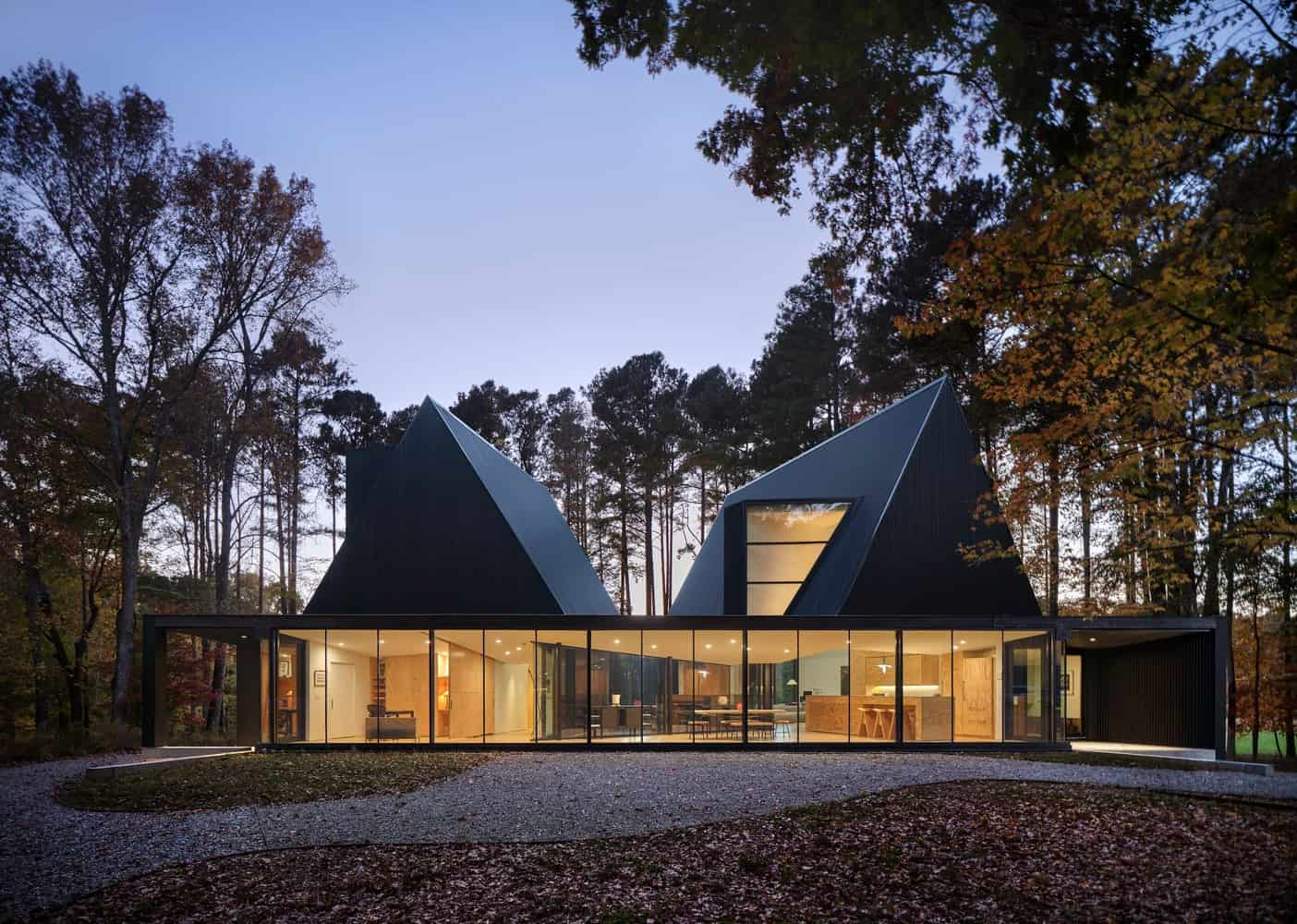
Précautions à prendre pour la construction de maisons préfabriquées en Australie
Conformité
Assurez-vous que les maisons préfabriquées sont conformes aux codes du bâtiment et aux exigences de sécurité australiens. Si des composants préfabriqués sont importés de l'étranger, ils doivent satisfaire à des normes et procédures de test strictes.
Conception et planification
Choisissez un modèle de maison préfabriquée adapté, en tenant compte des conditions climatiques locales et des facteurs environnementaux tels que l'humidité et les embruns salins en zone côtière, et le risque d'incendies de forêt à l'intérieur des terres. Dès la conception, assurez-vous de l'efficacité énergétique et de la durabilité de la maison, notamment en installant des panneaux solaires et des dispositifs d'économie d'eau.
Construction et installation
Choisissez des constructeurs et des équipes d'installation réputés pour garantir la conformité des travaux à la réglementation. Effectuez une évaluation du terrain avant la construction afin de garantir la stabilité du site et la solidité des fondations.
Qualité et entretien
Assurez la qualité des maisons préfabriquées et vérifiez leurs performances en matière d'étanchéité, d'isolation et d'insonorisation. Entretenez régulièrement la maison et réparez rapidement tout problème éventuel afin d'en prolonger la durée de vie.
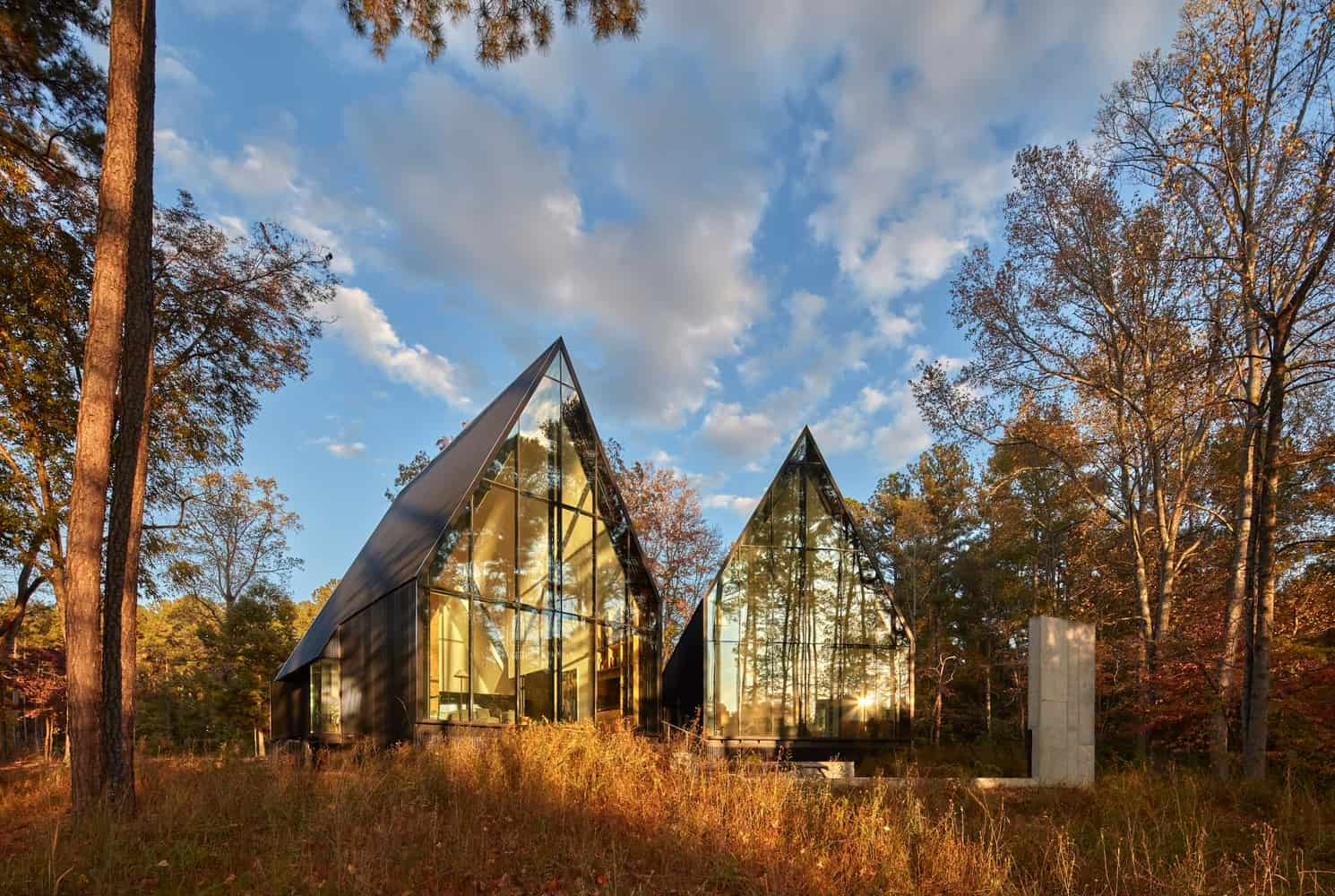
résumé
Construire des maisons préfabriquées en Australie est une option efficace, écologique et économique. Grâce à une planification raisonnée et à une exploitation rigoureuse, les maisons préfabriquées peuvent non seulement répondre aux besoins résidentiels, mais aussi contribuer au développement durable. J'espère que cet article vous aura fourni des informations et des conseils précieux pour vous aider à construire une maison confortable, sûre et respectueuse de l'environnement en Australie.
Si vous êtes intéressé par la construction de maisons préfabriquées, vous pouvez visiterwww.moneyboxhouse.compour des informations plus détaillées.
 un service en ligne
un service en ligne +86-020-34800775
+86-020-34800775 +8618818900230
+8618818900230 export@moneyboxhouse.com
export@moneyboxhouse.com +8615920397177
+8615920397177 1198017314
1198017314